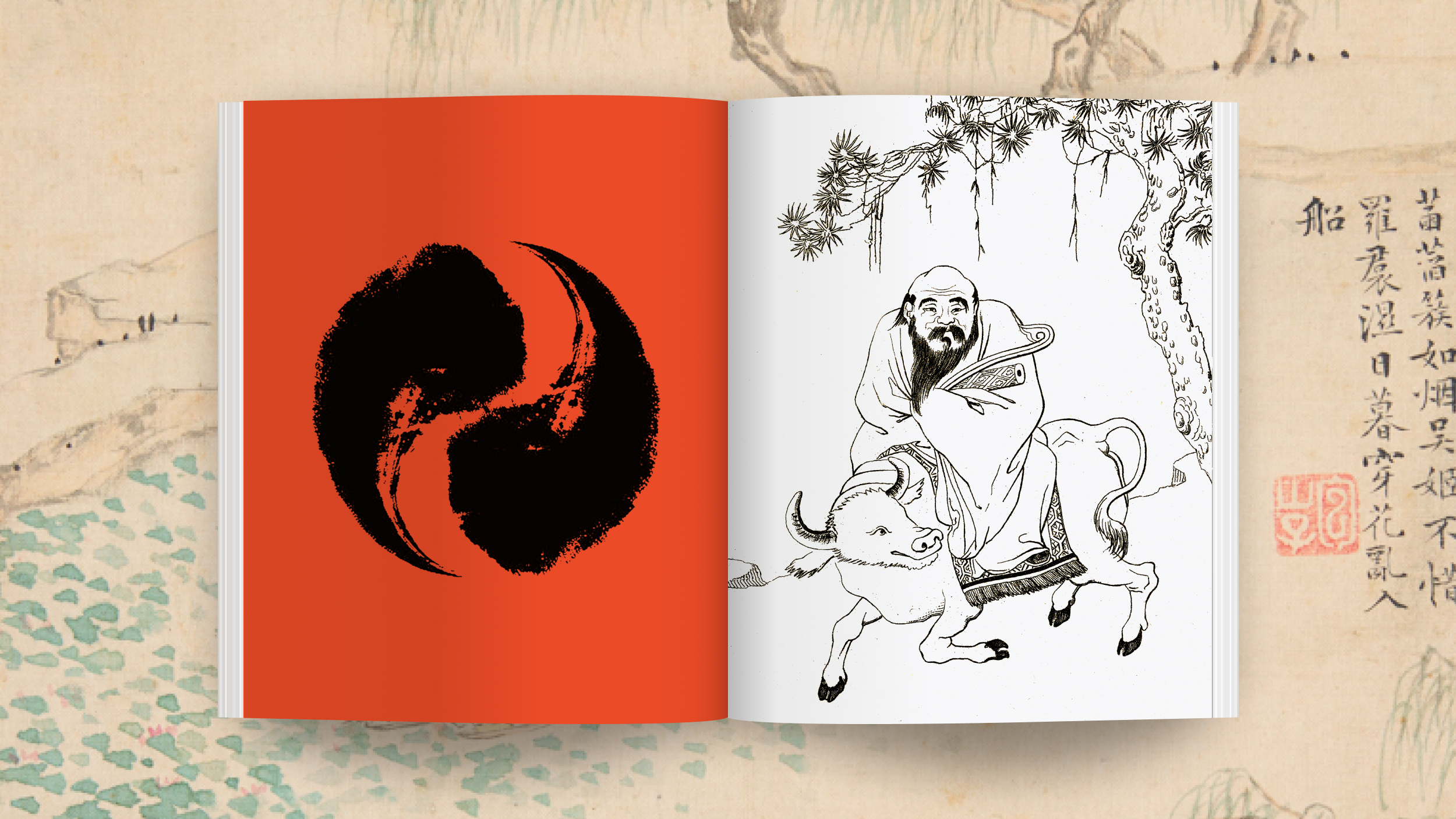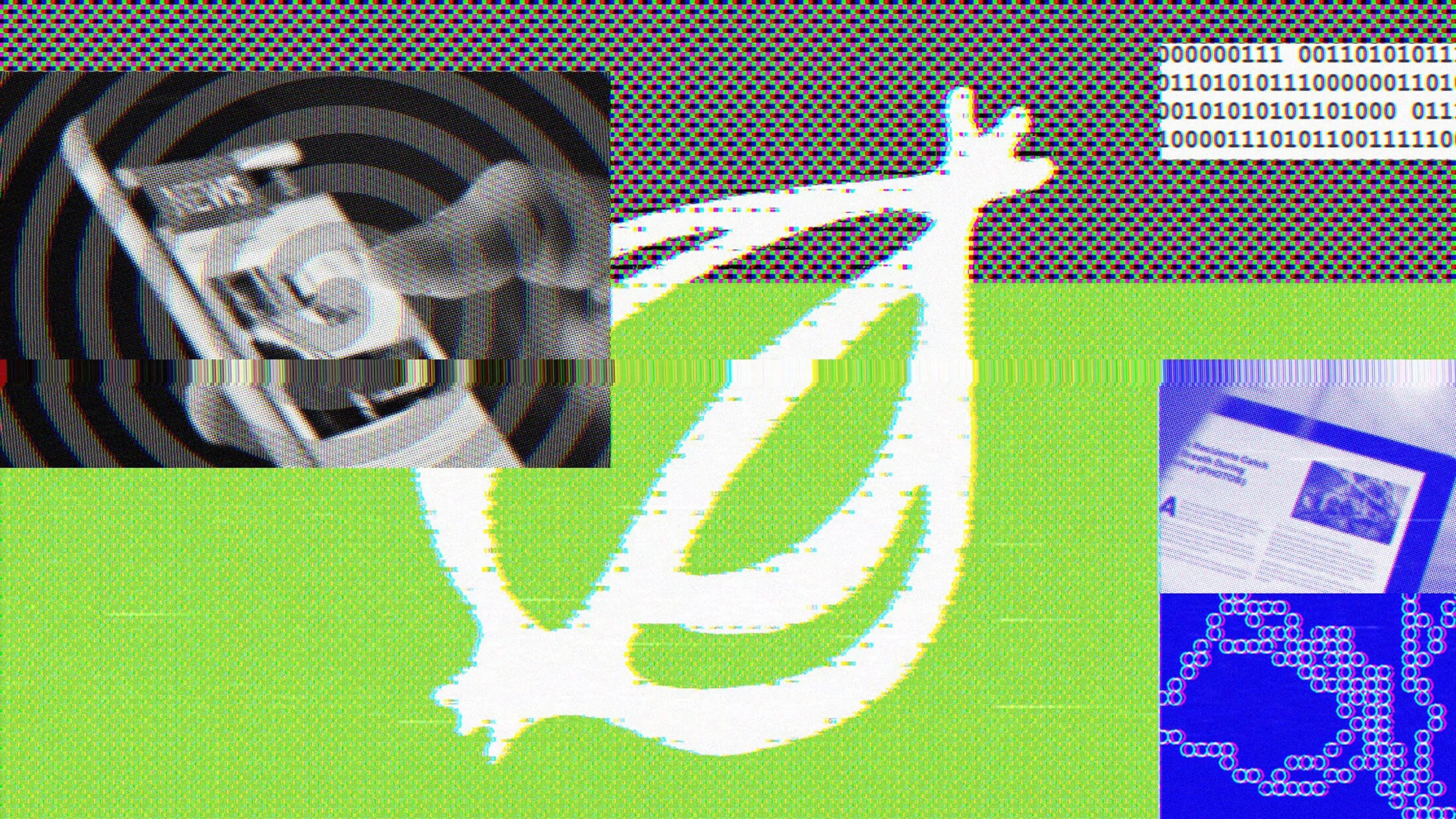What the ‘Gay Girl in Damascus’ Hoax Says About the Blogosphere

Stephen Crane’s The Red Badge of Courage is one of the most famous novels ever written about combat, in general and in the American Civil War, where the book is set. Yet Crane, who was born six years after that war ended, had never seen combat when he wrote the story. This understandably irritated a number of actual veterans. One, Alexander McClurg, a brigadier general in the Union Army, published a long letter of protest, calling the book “the vain imaginings of a young man born long since that war, a piece of intended realism based entirely on unreality.” But at least Crane knew where the lines were drawn: His work was fiction, and hundreds of years of literary convention told his readers how to separate his work from reality. That’s not the case for Tom MacMaster, a presumably straight married man who lives in Scotland.
Like many a novelist before him, he invented a person—Amina Abdallah Araf, a Syrian-American lesbian blogging from Syria—but as MacMaster gave weight and character to her voice over five years, he neglected to tell readers that she wasn’t real. He also neglected to tell a genuine lesbian in Canada with whom he corresponded as Amina. And he didn’t mention it to Paula Brooks, whose lesbian news site helped him set up Amina’s high-profile blog, supposedly written in Damascus. (Poetic justice: Paula Brooks, as the Washington Post reported, also turns out to be a man.) And the blogosphere has no conventions for fiction—no equivalent of framing devices like “I found these papers in a trunk” or “Marlow told me this tale on board a freighter,” with which a literary work both claims to be true and signals that it is fiction.
MacMaster is, among other things, clearly a frustrated novelist. He’s written a couple of novels, he told the Washington Post, and he talked about Amina in a way recognizable to any writer of fiction whose character is getting out of control: “I was going to end the story with having her be free, and get out of country — end of story. I didn’t expect the story to get so big …. I’ve been feeling for a while that it had gotten too big.” He made Amina a lesbian, he said, in part for the writing challenge.
Now, McMaster is also, to judge by his responses to the brouhaha, a self-righteous prig and a vicious fraud, so good at deception that he seems to have fooled himself too (how else to make sense of his claims that he hasn’t harmed anyone and has done the Arab Spring a good turn by presenting important issues to Western readers?). However, he is right about one thing. What he did is often considered harmless, when it yields forms of writing with which we’re familiar, like novels, stories, plays and screenplays. What was exceptional about MacMaster’s hoax isn’t that he made stuff up. It’s that he did it on a blog.
Because MacMaster’s “piece of intended realism based entirely on unreality” was created in a new medium, his audience didn’t have the hard bright lines that told them what was imaginary and what was not. This has happened before, when art met new technology. In 1938, for example, Orson Welles’ radio-play version of The War of the Worlds left thousands of people with the vexing conviction that they were about to be vaporized by a Martian invasion. The conventions that would tell a listener this was fake radio news did not yet exist, and the warnings that Welles and his cohort had improvised weren’t adequate.
Then, too, Shakespeare’s plays are filled with reminders that the action is taking place “within this wooden O,” where “all the glisters is not gold,” and women disguised as men are actually boy actors. To modern readers this seems arch and clever and meta, but I think in Shakespeare’s time it had a practical purpose: He was teaching his audience what the boundaries were in the newfangled entertainment technology called professional theater. He was giving them markers by which they could tell what was art, so they could avoid embarrassing themselves by, say, running a sword through the actor playing Shylock or Othello. (According to this critic, even centuries later, in 1902, there were problems with theater-goers confusing invention and reality: “Frequently I have seen a well-acted villain cursed and threatened by some one in the gallery carried away by his feelings,” he wrote.)
Blogs do not yet have the literary conventions that allow a writer to layer one meaning upon another. Yes, blogging convention favors a style that sounds knowing and arch, but don’t be fooled. Whatever its style, as a form of writing, blogging is more earnest and naive than The Cat in the Hat. Compared to the depths of meaning in a play or movie or TV show, or a book, in fact, blogs are flat and shadowless. In a blog, I am either straightforwardly what I say I am, or I mark that I am extremely not-straightforward by using something like this :} or this . That’s about the only string on the instrument, folks. To paraphrase André Gide, as a medium for writing, blogs are a piano without pedals.
And given that this is what we expect, we who consume blogs have developed no sophistication as readers: We aren’t skeptical or wary or alert to the pleasures of a writing that only seems real. We aren’t like the ideal reader of a meta-novel like Tristram Shandy, or the ideal playgoer who heard King Lear‘s Fool make a prophesy and then add: “This prophecy Merlin shall make; for I live before his time.” Instead, the ideal reader of blogs is a literary cretin. And this cretinousness made us (yes, us, I joined that damn Facebook group) easily fooled by an artful dodger.
Which, come to think of it, may form the basis for a defense of teaching literature in the 21st century of “how will this class help me get a job?” education. If you don’t teach people how to read literature they’ll read with the expectation that writing is perfectly transparent, sincere and utilitarian. And when you read that naively, you’re an easy mark for frauds and liars.
Illustration: Fresco of Roman theatrical masks, via Wikimedia





